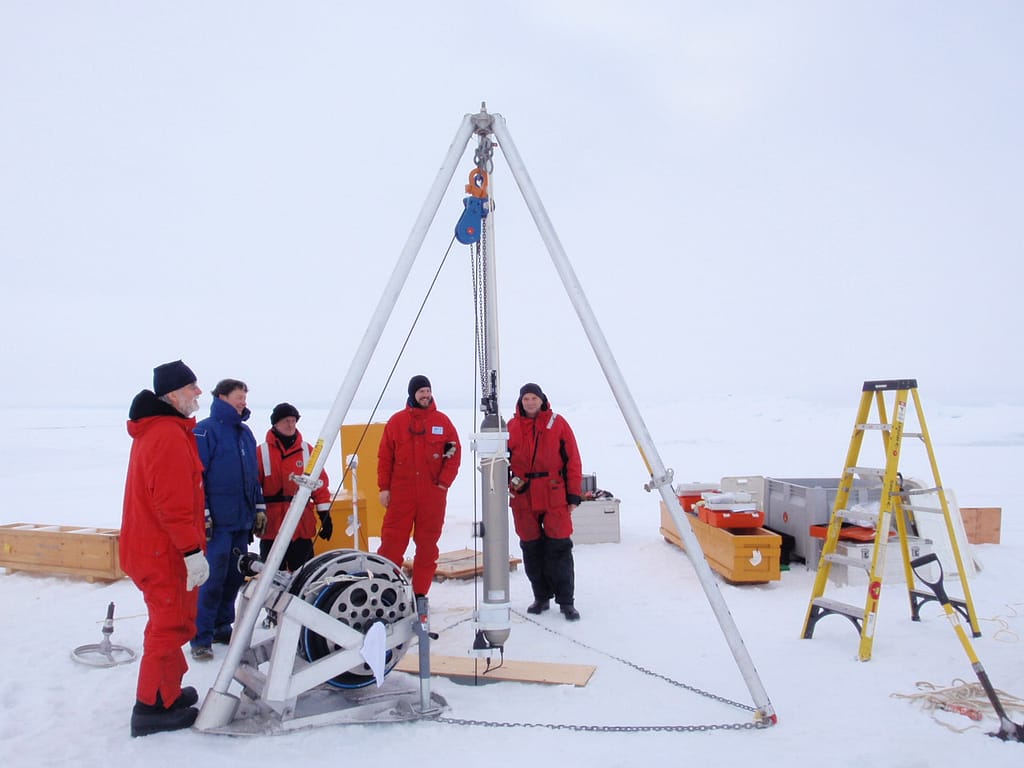The D-2 Inc. OEM Version of the Ultra Low Power CTD we offer has been deployed to the Arctic Ocean with Woods Hole Oceanographic Institution (WHOI). This version of the CTD is built to fit into the existing housing of the Ice Tethered Profiler with just the sensor suite of the conductivity cell, the temperature thermistor and the pressure transducer outside of the original ITP housing.
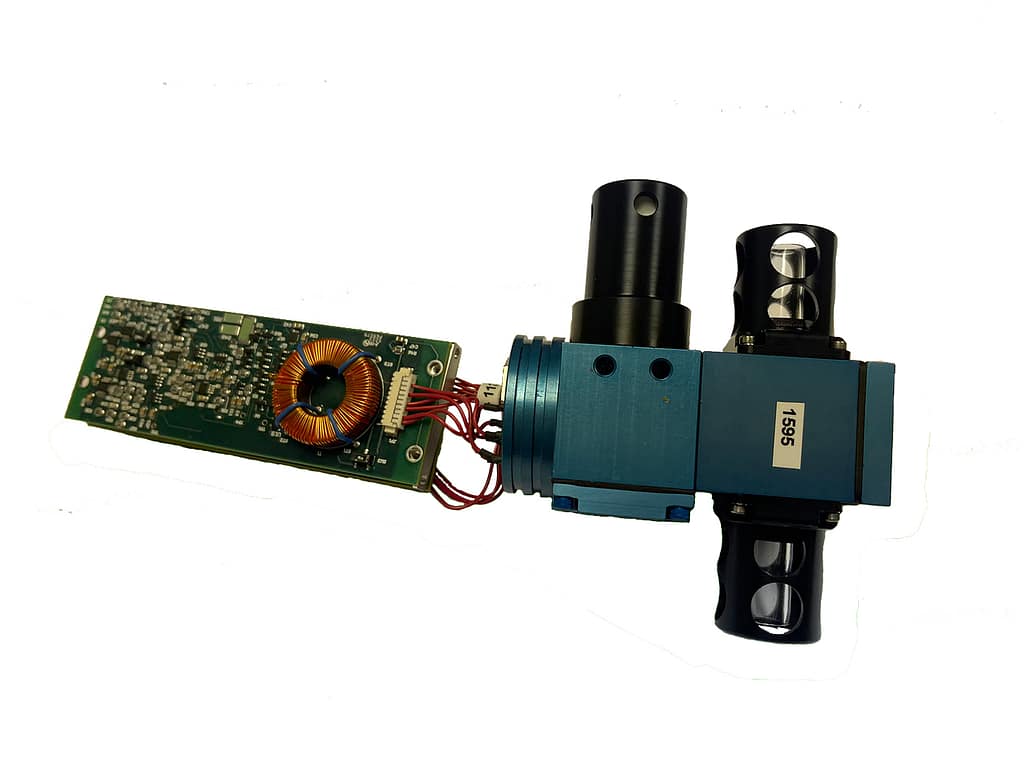
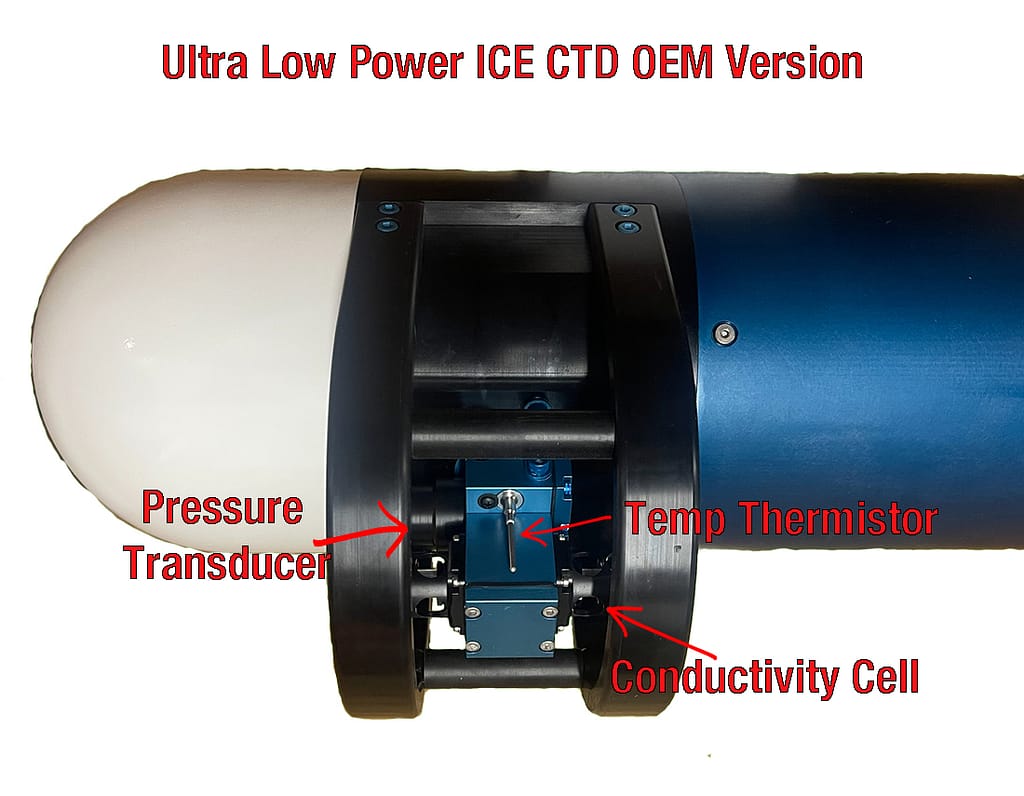
“Recent studies indicate that the Arctic may be both a sensitive indicator and an active agent of climate variability and change. While progress has been made in understanding the Arctic’s coupled atmosphere-ice-ocean system, documentation of its evolution has been hindered by a sparse data archive. This observational gap represents a critical shortcoming of the ‘global’ ocean observing system. Addressing this gap, a new instrument, the ‘Ice-Tethered Profiler’ (ITP) was conceived to repeatedly sample the properties of the ice-covered Arctic Ocean at high vertical resolution over time periods of up to three years.” – Woods Hole Oceanographic Institution
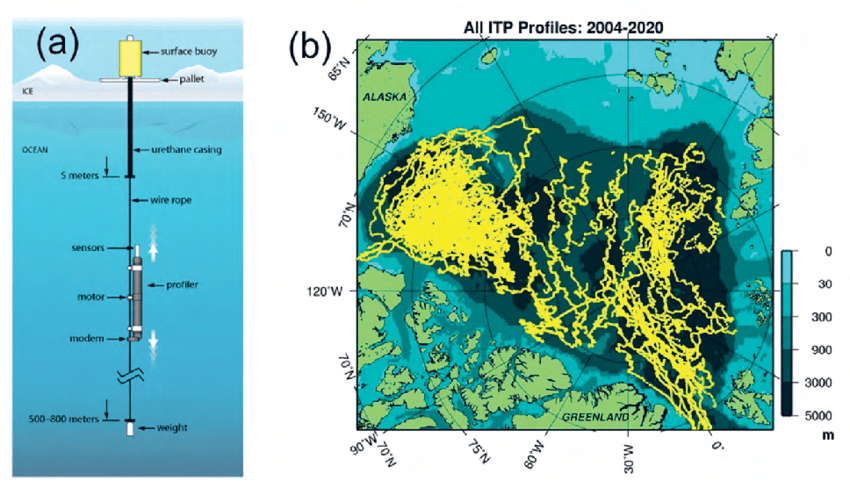
As can be easily seen from the above graph from 2004 to 2020 the Ice Tethered Profiler Program has been successfully gathering crucial data regarding the Earth’s Climate. D-2 Inc. believes our CTD will continue to enhance their ability to gather this data and gather even more precise data from this extremely important region.
This will be D-2 Inc’s second deployment to the ITP program, as previously we were in the top 11 data set from last year’s ITP program. Our sensors performed well and the ITP program procured 2 more ICE CTD’s from D-2 Inc.
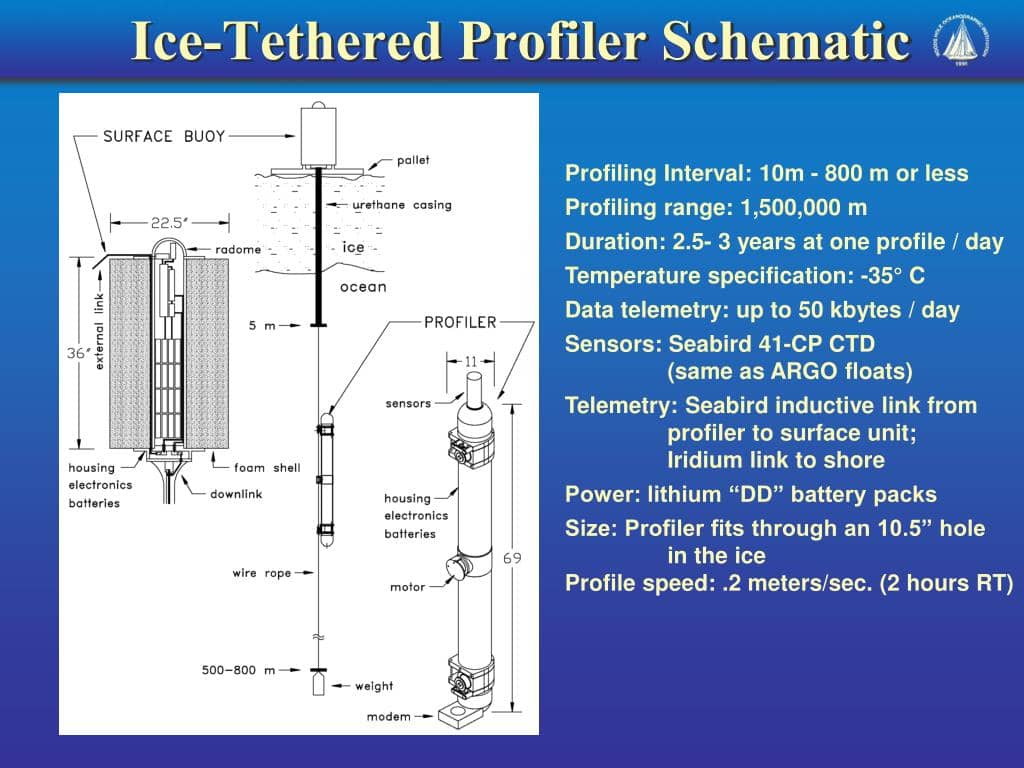
This is the original design for the Ice Tethered Profiler. However D-2 Inc CTD should be swapped in for the Seabird 41-CP. The D-2 Inc CTD provides as accurate or better data with significantly smaller footprint and drawing less power. The D-2 sensor enhances the existing design of the ITP and hopefully will become the standard sensor used in this system and many other systems in the future. Please visit our Hybrid CTD webpage for more information: https://www.d-2.com/?page_id=861
